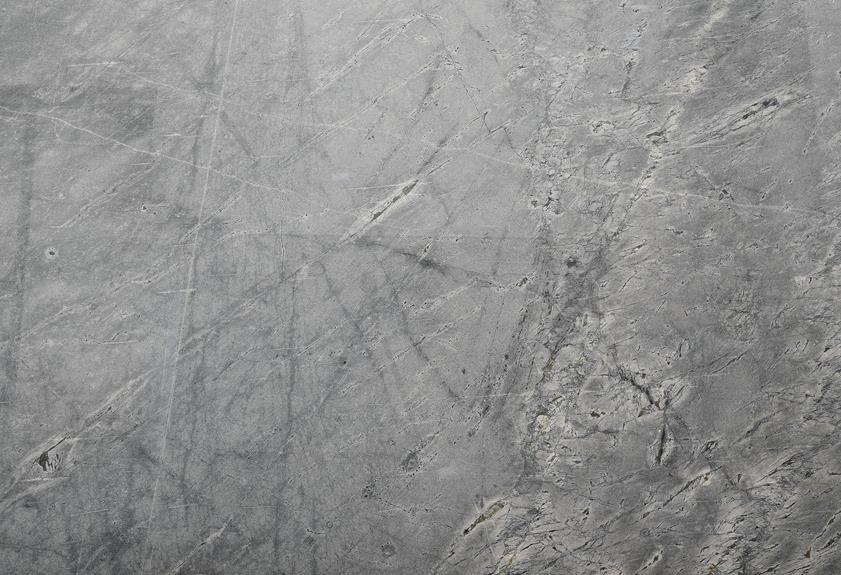Like a puzzle with pieces that don't quite fit, granite can present unique challenges that require precise solutions.
When it comes to troubleshooting granite issues, the one-size-fits-all approach simply won't cut it. Each stone conundrum demands a tailored remedy to guarantee lasting results.
Whether you're grappling with stubborn stains, unsightly scratches, or mysterious discoloration, our expertise in granite troubleshooting offers a beacon of hope.
Stay tuned to discover how personalized solutions can reveal the secrets to preserving the beauty and integrity of your granite surfaces.
Key Takeaways
Contents
- 1 Key Takeaways
- 2 Understanding Granite Stains
- 3 Repairing Scratches on Granite
- 4 Dealing With Uneven Granite Surfaces
- 5 Tackling Granite Discoloration
- 6 Preventing Future Granite Issues
- 7 Frequently Asked Questions
- 7.1 Can Granite Be Easily Repaired if It Cracks or Chips?
- 7.2 How Can I Remove Hard Water Stains From My Granite Countertops?
- 7.3 Is It Possible to Change the Color of My Granite Countertops?
- 7.4 What Are the Best Practices for Cleaning and Maintaining Granite Surfaces?
- 7.5 Are There Any Health or Environmental Concerns Related to Granite Countertops?
- Prompt stain identification guides effective removal strategies.
- Specialized repair methods match the severity of scratches.
- Proper leveling and restoration techniques ensure a flawless surface.
- Preventive measures like regular sealing and gentle cleaning maintain granite longevity.
Understanding Granite Stains
When granite surfaces encounter staining, identifying the type of stain promptly is essential for effective removal. Stain removal on granite is a delicate process that requires careful consideration of the type of stain present.
Organic stains like coffee, tea, or food can be tackled with a mixture of baking soda and water to form a paste that helps lift the stain. For oil-based stains, a poultice made of baking soda and water can absorb the oil from the granite surface.
Surface protection is important in preventing future stains. Applying a high-quality sealant to granite countertops creates a protective barrier that repels liquids, reducing the likelihood of stains setting in. Regularly resealing the surface ensures continued protection.
Understanding the nature of the stain and the appropriate removal method is necessary for maintaining the pristine appearance of granite surfaces. By following proper stain removal techniques and investing in surface protection, granite countertops can stay beautiful and stain-free for years to come.
Repairing Scratches on Granite
To effectively address scratches on granite surfaces, it's important to understand the appropriate repair methods tailored to the severity of the damage. For minor scratches, a buffing technique can often be effective. Using specialized polishing products designed for granite, gently buff the scratched area in circular motions until the scratch fades away. It's vital to make sure that the products used are specifically formulated for granite to avoid causing further damage.
For deeper scratches that can't be easily buffed out, a professional repair service may be necessary. These services utilize advanced techniques and equipment to carefully restore the surface of the granite. Attempting to repair deep scratches without the proper expertise can lead to irreversible damage, so it's advisable to seek professional assistance in such cases.
Dealing With Uneven Granite Surfaces
Addressing uneven granite surfaces requires a systematic approach to guarantee a smooth and level finish. When dealing with uneven granite, employing proper leveling techniques is essential. One effective method is using shims to adjust the height of the granite slab and make sure an even surface. Shims are placed strategically under the granite to level it out, providing stability and balance.
Surface restoration is another key aspect of handling uneven granite surfaces. Grinding and polishing the uneven areas can help achieve a uniform finish. Grinding removes excess material, while polishing smoothens the surface, resulting in a seamless look across the granite countertop or floor.
Tackling Granite Discoloration
Granite discoloration poses a common challenge in maintaining the aesthetic appeal of stone surfaces. To address this issue, it is essential considering both prevention and restoration techniques. When faced with granite discoloration, restoration methods like color matching techniques can be employed considering seamlessly blend affected areas with the rest of the surface. These techniques involve carefully analyzing the color variations in the granite and using specialized products considering restore its original look.
To help visualize the impact of granite discoloration, we have provided a table below showcasing the before and after effects of color matching techniques on discolored granite surfaces:
| Before Treatment | After Treatment |
|---|---|
| Uneven color patches | Uniform color restoration |
| Faded areas | Revived vibrant hues |
| Stained sections | Clean and consistent appearance |
Preventing Future Granite Issues
Incorporating proper sealing techniques is essential for preventing future granite issues. To guarantee the longevity and beauty of your granite surfaces, follow these key steps:
- Regular Sealant Maintenance: Stay proactive by reapplying sealant according to the manufacturer's recommendations. This will help maintain the protective barrier that prevents stains and damage from affecting your granite.
- Proper Cleaning Techniques: Use pH-balanced cleaners specifically designed for granite to avoid damaging the sealant. Avoid harsh chemicals and abrasive tools that can wear down the protective layer over time.
- Prompt Spill Cleanup: Accidents happen, but quick action can prevent lasting damage. Wipe up spills immediately to prevent liquids from seeping into the stone and compromising the sealant.
Frequently Asked Questions
Can Granite Be Easily Repaired if It Cracks or Chips?
Cracks or chips in granite can often be repaired using various DIY techniques. While durability is a key consideration, costs for professional repair methods can vary. Our team suggests exploring cost-effective solutions before opting for professional help.
How Can I Remove Hard Water Stains From My Granite Countertops?
To remove hard water stains from granite countertops, we recommend creating a mixture of vinegar solution and baking soda paste. Apply this gently to the affected area, let it sit for a few minutes, then wipe clean for a sparkling surface.
Is It Possible to Change the Color of My Granite Countertops?
Changing the color of granite countertops is challenging. Factors like stone composition and sealant affect outcomes. Staining can be disguised with dyes or coatings, but altering countertop coloration permanently requires professional expertise and may not always be feasible.
What Are the Best Practices for Cleaning and Maintaining Granite Surfaces?
Maintaining granite surfaces involves regular sealing to protect against stains. We recommend sealing every 1-3 years, depending on wear. For cleaning, opt for natural cleaners like a mix of water and mild soap for daily care.
Are There Any Health or Environmental Concerns Related to Granite Countertops?
When it comes to granite countertops, we've learned that radon exposure can be a concern, impacting indoor air quality. Additionally, the environmental impact of quarrying granite should be considered as the industry grows.

